 General Area of Excavations at Mazliah on govmap.gov.il
General Area of Excavations at Mazliah on govmap.gov.ilclick on image to explore this site on a new tab in govmap.gov.il
 General Area of Excavations at Mazliah on govmap.gov.il
General Area of Excavations at Mazliah on govmap.gov.il| Transliterated Name | Language | Name |
|---|---|---|
| Mazliah | ||
| Ramla (South) |
Mazliah is also known as Ramla (South). Excavations revealed finds dating back to the Paleolithic however most of the site is dominated by two main stages of occupation; 7-8th centuries CE and 8th-9th centuries CE (Gorzalczany, 2008b:31).
|
Publication
|
Area
|
Permit/License
|
Institute
|
Excavator
|
|
Survey
|
A-3784
|
IAA
|
O. Shmueli and T. Kanias
|
|
|
|
A–C
|
A-4144
|
IAA
|
A. Gorzalczany
|
|
A, B
|
Y. Zelinger
|
|||
|
A
|
A-4507
B-298/2005
B-306/2006
|
Tel Aviv University
|
O. Tal and
I. Taxel
|
|
|
|
B
|
A-4454, A-4674, A-4725
|
IAA
|
A. Onn
|
|
C
|
A-4739
|
IAA
|
A. Gorzalczany
|
|
|
A1, B1
|
A-4910
|
IAA
|
A. Gorzalczany
|
|
|
|
C
|
B-299/2005
|
Bar Ilan University
|
R. Avisar and
J. Uziel
|
|
E
|
A-5168
|
IAA
|
A. Gorzalczany
|
|
|
F
|
Tel Aviv University
|
O. Tal and
I. Taxel
|
||
|
G, H
|
A-5311
|
IAA
|
A. Gorzalczany
|
|
|
H, I, J, K
|
A-5331
|
IAA
|
A. Gorzalczany
|
|
|
|
G, H1, K1, P, Q, R, S
|
|||
|
|
M, N
|
B-326/2008
|
Tel Aviv University
|
O. Tal, I. Taxel, L. Yehuda and Y. Paz
|
|
|
T
|
A-5473
|
IAA
|
A. Gorzalczany
|

 Fig. 1
Fig. 1
 Fig. 1
Fig. 1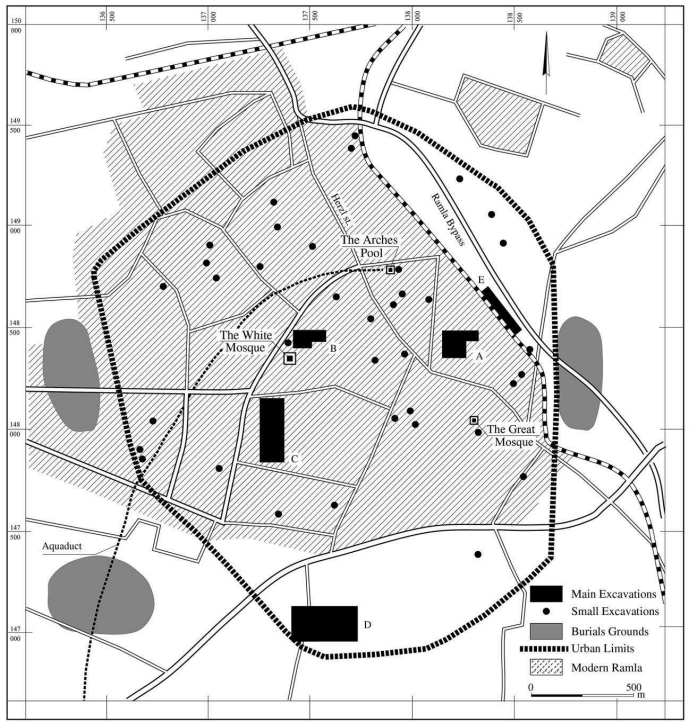
 Fig. 2
Fig. 2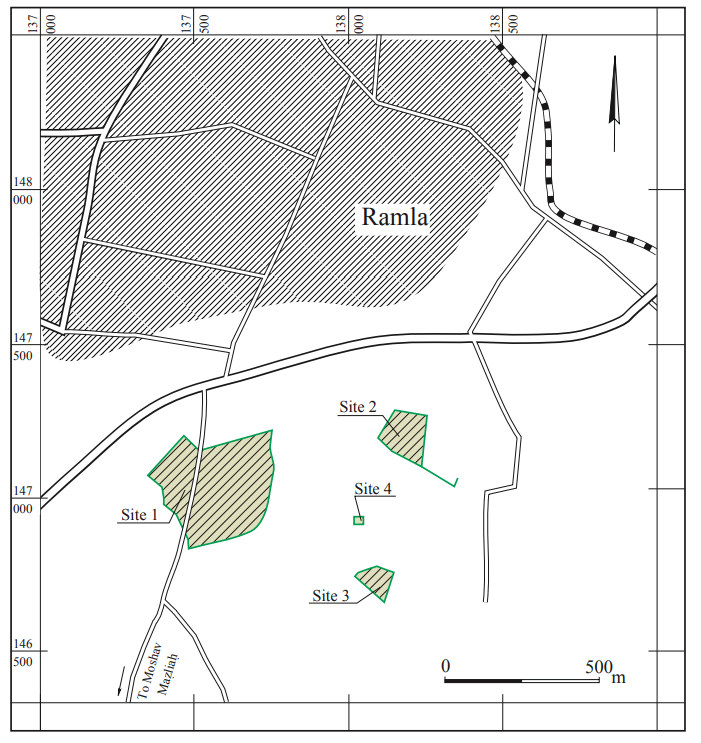
 Fig. 1.4
Fig. 1.4
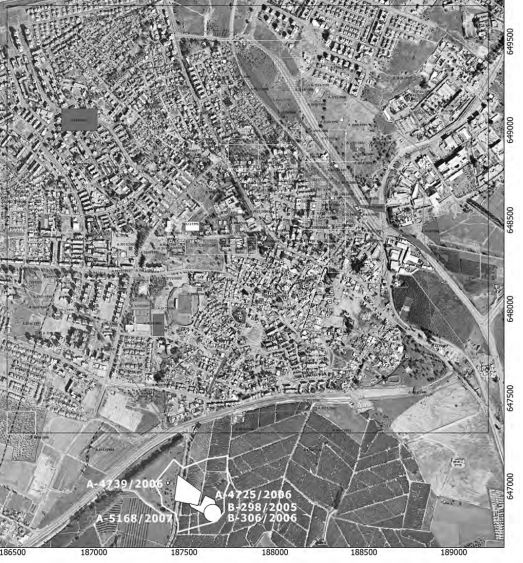
 Fig. 6.1
Fig. 6.1
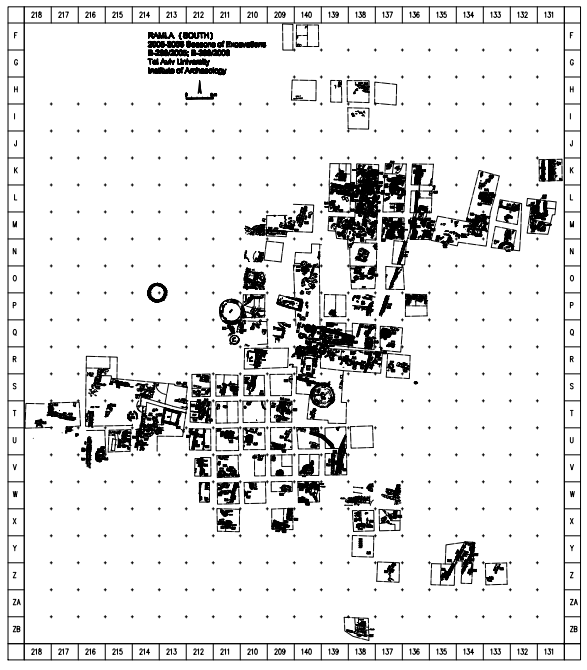
 Master Excavation Map
Master Excavation Map
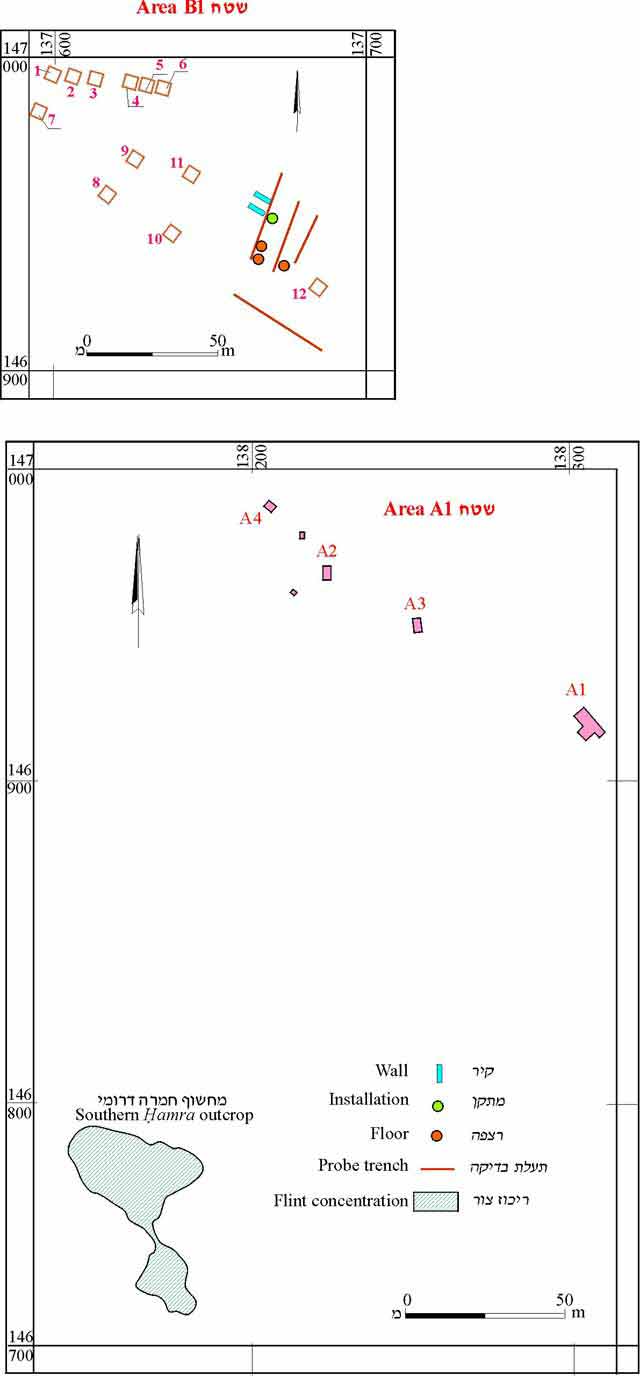
 Fig. 2
Fig. 2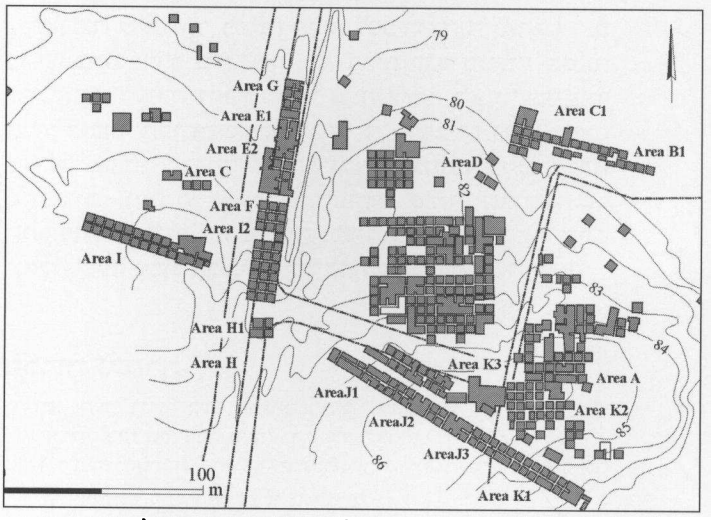
 Fig. 2
Fig. 2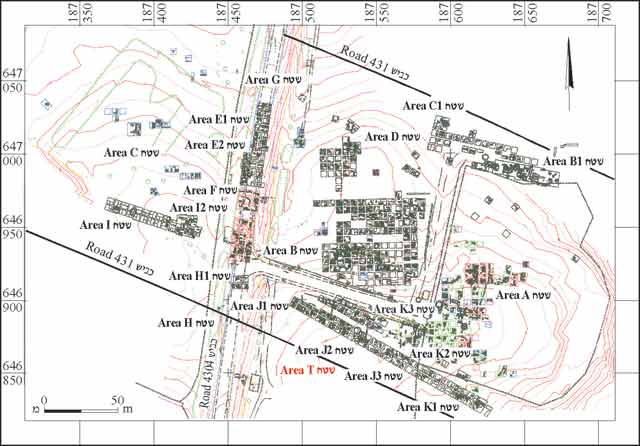
 Fig. 1
Fig. 1
 Fig. 1.5
Fig. 1.5

 Master Excavation Map
Master Excavation Map

 Fig. 2
Fig. 2
 Fig. 2
Fig. 2
 Fig. 1
Fig. 1
 Fig. 1.5
Fig. 1.5
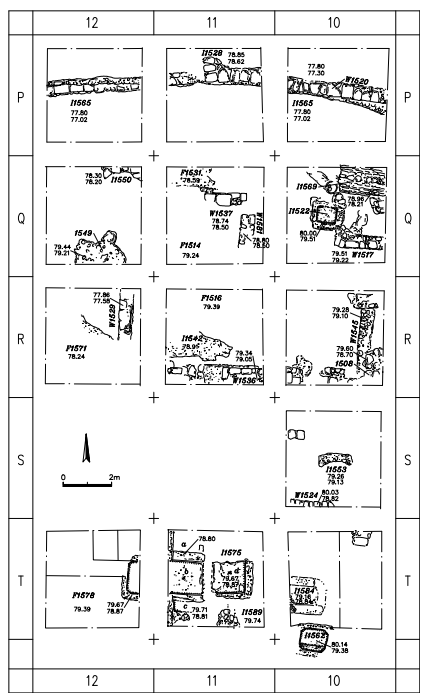
 Fig. 1.6a
Fig. 1.6a

 Fig. 1.6a
Fig. 1.6a
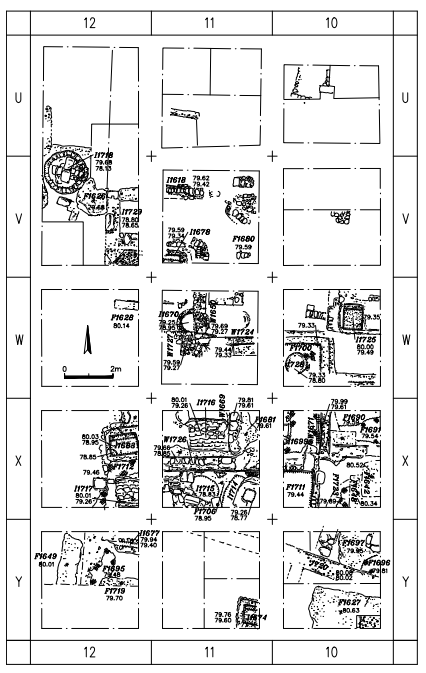
 Fig. 1.6b
Fig. 1.6b

 Fig. 1.6b
Fig. 1.6b

 Fig. 2.1
Fig. 2.1

 Fig. 2.1
Fig. 2.1

 Fig. 4.1a
Fig. 4.1a

 Fig. 4.1a
Fig. 4.1a
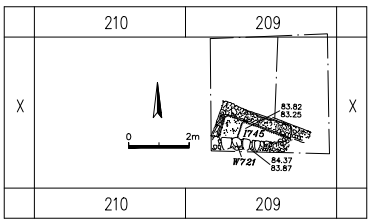
 Fig. 4.3a
Fig. 4.3a

 Fig. 4.3a
Fig. 4.3a
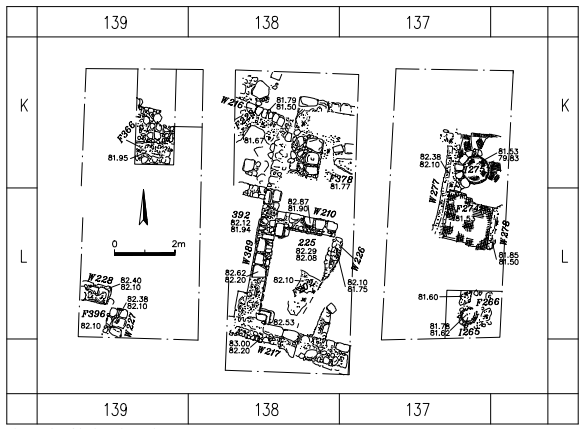
 Fig. 5.1
Fig. 5.1

 Fig. 5.1
Fig. 5.1

 Fig. 5.9
Fig. 5.9

 Fig. 5.9
Fig. 5.9

 Fig. 5.17
Fig. 5.17
 Fig. 5.18
Fig. 5.18

 Fig. 5.17
Fig. 5.17
 Fig. 5.18
Fig. 5.18
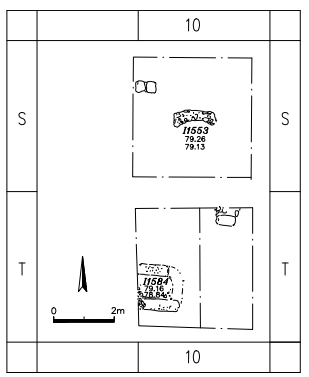
 Fig. 5.24
Fig. 5.24

 Fig. 5.24
Fig. 5.24

 Fig. 6.2
Fig. 6.2

 Fig. 6.2
Fig. 6.2
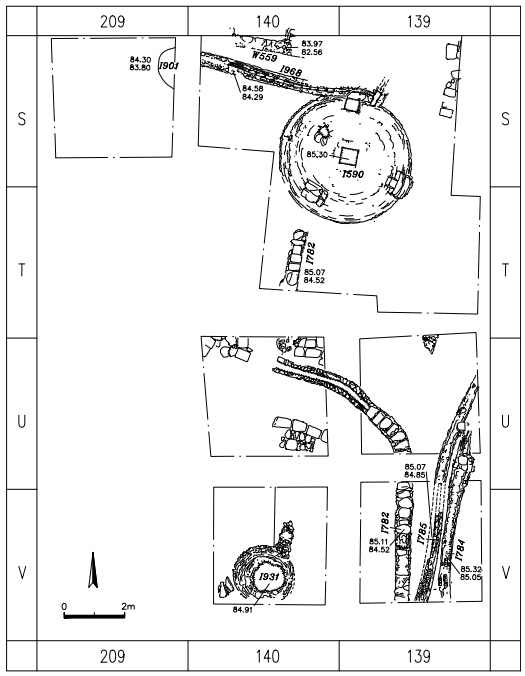
 Fig. 6.3a
Fig. 6.3a
 Fig. 6.5a
Fig. 6.5a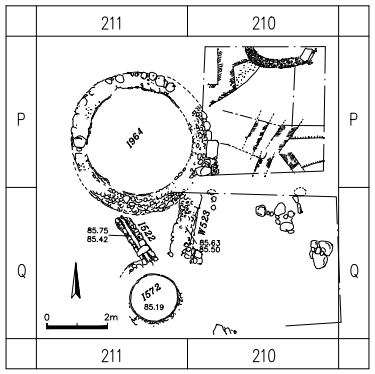
 Fig. 6.8a
Fig. 6.8a

 Fig. 6.3a
Fig. 6.3a
 Fig. 6.5a
Fig. 6.5a
 Fig. 6.8a
Fig. 6.8a

 Fig. 6.15b
Fig. 6.15b

 Fig. 6.15b
Fig. 6.15b
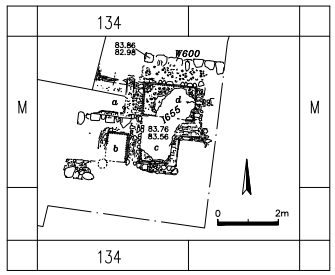
 Fig. 6.32a
Fig. 6.32a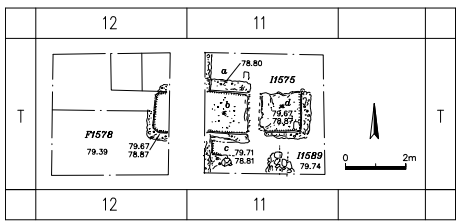
 Fig. 6.33a
Fig. 6.33a

 Fig. 6.32a
Fig. 6.32a
 Fig. 6.33a
Fig. 6.33a
Taxel (2013:176) suggested that Mazliah pre-existed the foundation of Ramla in c. 716 CE and most likely ceased to exist due to the
747–749 C.E. earthquake(s)
noting that this interpretation is supported by clear and apparently well dated evidence of a severe earthquake that struck the site
around the mid-eighth century
.
Taxel (2013:176) also reports that the settlement was abandoned after its destruction and a
vast industrial area was founded above and within the earlier remains
. This refers to the same well dated
archaeoseismic evidence which is discussed in the page for
Lod/Ramla.
Gorzalczany (2008b:31)
identified two main stages of occupation at the site (7-8th centuries CE and 8th-9th centuries CE) and discussed the earthquake. Excerpts from a machine translation of the
original Hebrew text are shown below. This translation is incomplete and suffered from some problems during OCR but may be useful for future research:
Evidence of earthquake
Evidence of a strong earthquake was found in Areas K1 and J2, respectively. In the adjacent K2 area. In the bar at the beginning of the excavation, signs of damage were deceived by a seismic event - installation walls with cracks running along their length, massive landslides of ashlars that fell in straight rows and miraculously were not robbed, floors sagged, walls were unreasonably contorted and more.
Of particular interest is a series of jars that were found crushed in situ, some of them upside down and concentrated in a room that was used by Babylon [?] as a storehouse. These jars, dating to the first half of the eighth century AD, must have been damaged together during a traumatic event. It is clear that the room underwent a rapid renovation and leveling in an attempt to quickly return the cable that could be used, perhaps as part of the restoration of the buildings and industrial areas after the earthquake. New walls were built on the level area where the crushed jars were built, and in connection with these walls, innocent jars, dating to the second half of the eighth century AD, were exposed. It seems, therefore, that we have before us a rare chronological window, which makes it possible to determine the time of the event to the middle of the eighth century AD.
Evidence of a couch for trying to get life back on track is the deliberate effluents of soil and bile that covered the ashlar landslides of the collapsed walls. These stones were in their repair days taken immediately for use, which is of great value. Apparently, however, it was more important for the locals at that moment to return earthquake of 749 AD as the cause of the great destruction observed at the site. However, of course, other, lesser-known events can not be completely ruled out, although the stated date agrees well with the additional evidence and the obvious explanation seems to be needed.
| Effect | Location | Image(s) | Description |
|---|---|---|---|
|
Areas K1, J2, and possibly K2
 Fig. 2
Fig. 2הפמ תיללכ לש יחטש הריפחה חילעמב Gorzalczany (2008) 
 Fig. 1
Fig. 1General Plan. Gorzalczany and Ad (2010) |
|

 Earthquake Archeological Effects (EAE)
Earthquake Archeological Effects (EAE)| Effect | Location | Image(s) | Description | Intensity |
|---|---|---|---|---|
|
Areas K1, J2, and possibly K2
 Fig. 2
Fig. 2הפמ תיללכ לש יחטש הריפחה חילעמב Gorzalczany (2008) 
 Fig. 1
Fig. 1General Plan. Gorzalczany and Ad (2010) |
|
|
Gat, S. 2004. The City of Ramla in the Middle Ages. (Unpublished Ph.D. Dissertation, Bar Ilan University) Ramat
Gan. (Hebrew)
Gat, S. 2007. A flourishing Arab city: The economy of Medieval Ramla. Cathedra 123:39-66. (Hebrew; English
summary pp. 191-192)
Gat, S. 2008. The forgotten destruction of early Ramla. Qadmoniot 135:64-69. (Hebrew)
Gorzalczany, Amir and Spivak, Polina (2008) Ramla (South). Ḥadashot Arkheologiyot–Excavations
and Surveys in Israel 120.
Gorzalczany, A., (2008) Excavations in Residential and Industrial Zone of
the Early Islamic Period at Maẓliaḥ. Qadmoniot
135: 30–35 (Hebrew).
Gorzalczany, A.; 'Ad, Uzi,2010 Ramla (South). Ḥadashot Arkheologiyot–Excavations
and Surveys in Israel 122.
Gorzalczany, A., and Marcus, J.
2010 Ramla (South). Ḥadashot Arkheologiyot–Excavations
and Surveys in Israel 122.
Gorzalczany, A.; Yehuda, L.; and Torge, H.
2010 Ramla (South). Ḥadashot Arkheologiyot–Excavations
and Surveys in Israel 122.
Taxel, I. (2013). "Rural Settlement Processes in Central Palestine, ca. 640–800 C.E.: The Ramla-Yavneh Region as a Case Study."
Bulletin of the American Schools of Oriental Research 369: 157 - 199.